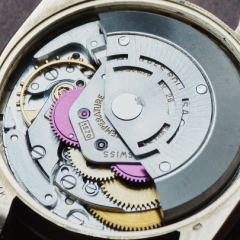Lathes for Watchmakers / Mini Lathes & Jacot tools and all related
Discussions on Watchmakers or Mini Lathes and associated Accessories as well as Jacot tools and their accessories
137 topics in this forum
-
- 8 replies
- 241 views
-
- 5 replies
- 676 views
-
- 9 replies
- 2.3k views
-
- 2 replies
- 696 views
-
- 7 replies
- 1.1k views
-
- 4 replies
- 2.3k views
-
- 41 replies
- 3.9k views
-
- 8 replies
- 1.6k views
-
- 113 replies
- 7.6k views
-
- 0 replies
- 368 views
-
- 28 replies
- 6.4k views
-
- 10 replies
- 754 views
-
- 3 replies
- 470 views
-
- 2 replies
- 578 views
-
- 20 replies
- 1.5k views
-
- 15 replies
- 1.3k views
-
- 2 replies
- 933 views
-
- 49 replies
- 3.3k views
-
- 15 replies
- 1.4k views
-
- 4 replies
- 782 views
-
- 6 replies
- 828 views
-
- 1 reply
- 646 views
-
- 7 replies
- 3.2k views
-
- 2 replies
- 772 views
-
- 17 replies
- 3.9k views












.thumb.png.f90dbf035d35248cb483d466310379d3.png)



